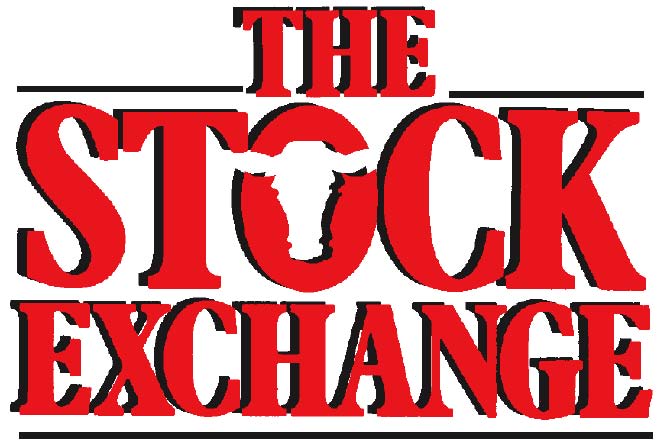Tips to Improve Cow Performance While Consuming Low-quality Forages
Rob Ziegler, UNL MS Animal Science StudentTravis Mulliniks, UNL Beef Cattle Nutritionist, Range Production Systems Because of the challenges faced last spring and this year’s projected lower quality hay crop, supplementing cattle this year with protein will be an effective way to increase intake and digestibility of low-quality forages. Photo credit Troy Wal Low-quality range pasture and cold wet winter left cows in thinner than normal condition coming into spring this year. The…
